At the moment, there is only one issue being resolved among Apple users – the transition of iPhones to USB-C. The European Parliament finally approved the long-awaited change, according to which USB-C becomes a so-called unified standard that will have to be found on all phones, tablets, laptops, cameras and other products. Thanks to this, you can use only one cable for all products. In the case of phones, the change will come into effect at the end of 2024 and will therefore first affect the iPhone 16.
It could be interest you
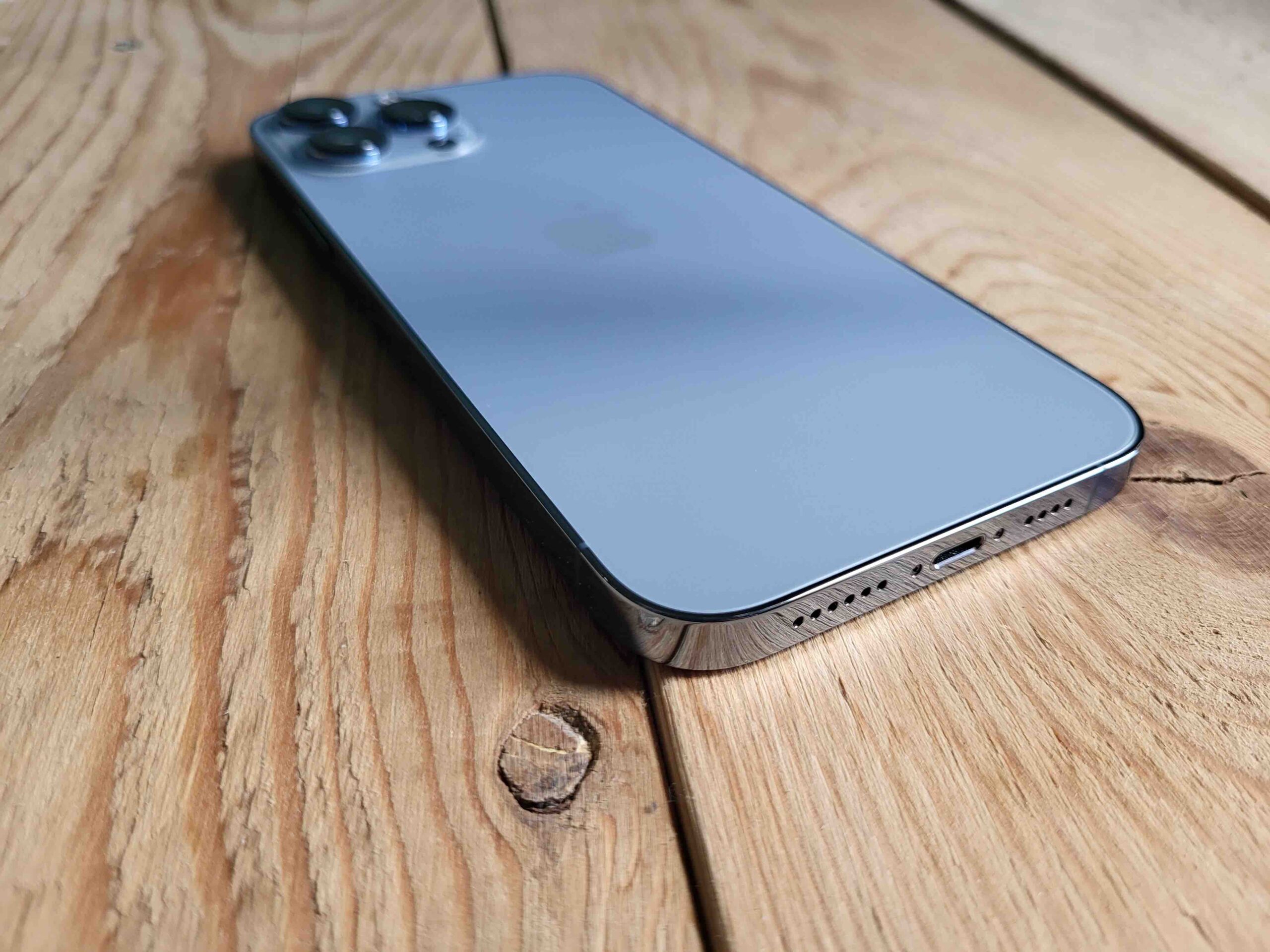
However, respected leakers and analysts take a different view. According to their information, we will see an iPhone with USB-C in a year. The iPhone 15 will probably bring this fundamental change. However, a rather interesting question has also appeared among users. Apple users are wondering whether the transition to USB-C will be global, or whether, on the contrary, it will only affect models intended for EU countries. In theory, this would be nothing new for Apple. The Cupertino giant has been adapting its facilities to the needs of target markets for years.
iPhone by market? It is not an unrealistic solution
As we mentioned above, Apple has been differentiating the hardware of its products according to the target market for years. This can be seen particularly well on the iPhone and its form in some countries. For example, the recently introduced iPhone 14 (Pro) completely got rid of the SIM card slot. But this change is only available in the United States. Therefore, Apple users there have to be content with using eSIM, because they simply have no other option. On the contrary, here and in other parts of the world, the iPhone has not changed in this respect - it still relies on the traditional slot. Alternatively, a second number can be added via eSIM and the phone can be used in Dual SIM mode.
In the same, we would find other differences on the territory of China. Although eSIM is considered a safer and more modern standard, it is not so successful in China, on the contrary. Here, they do not use the eSIM format at all. Instead, they have iPhones with two SIM card slots for possible use of the Dual SIM option. So it can be seen that making hardware distinctions based on a specific market is nothing new for Apple and other developers. On the other hand, this does not answer the most important question – will the giant switch to USB-C globally, or will it be a purely European matter?
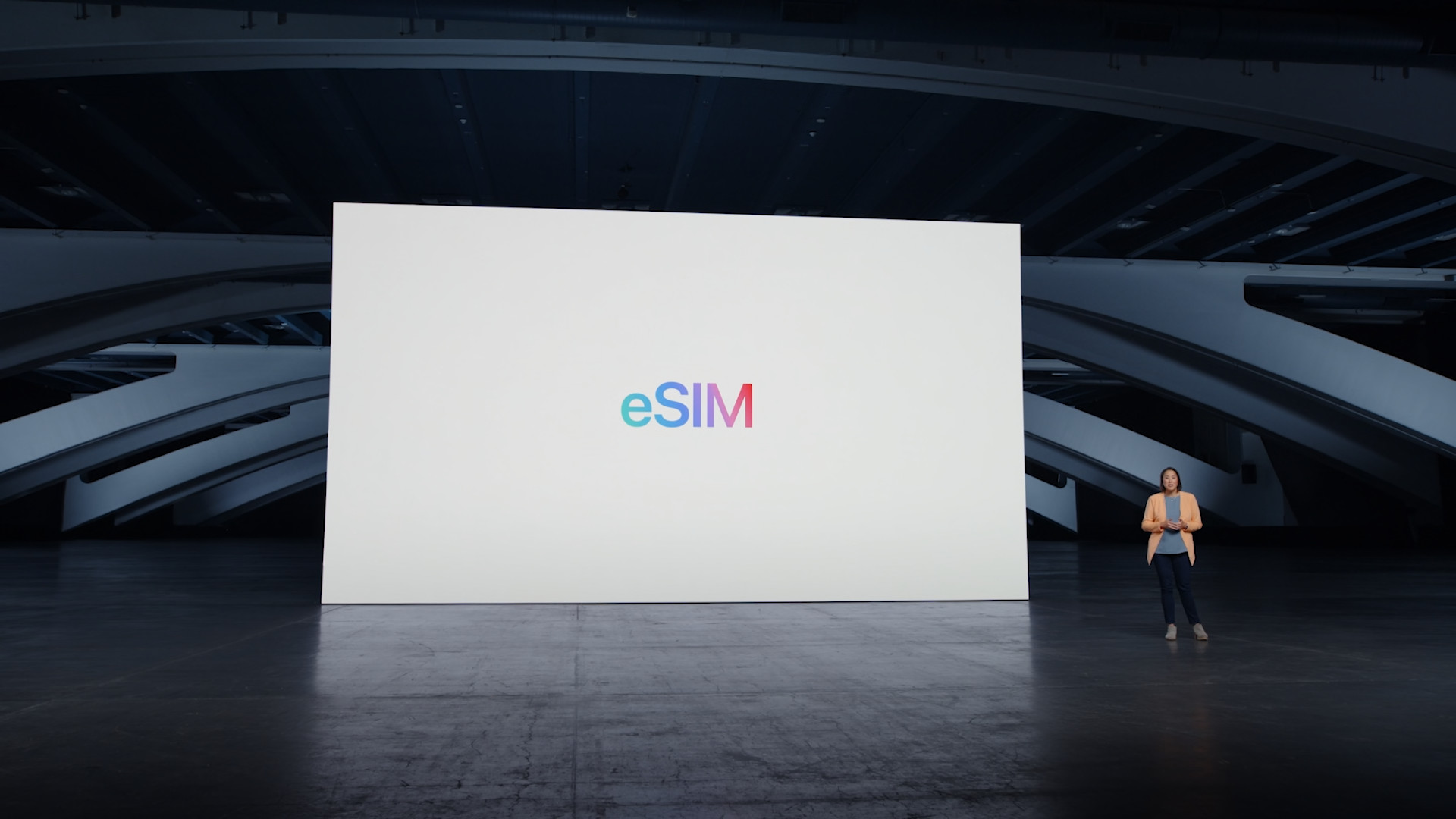
iPhone with USB-C vs. Lightning
Based on the experience with the mentioned differences, which are mostly related to SIM cards and the respective slots, the question began to be resolved among Apple users, whether we could not expect a similar approach in the case of the connector. The mandatory USB-C port is a purely European matter, while overseas Apple is not restricted in any way, at least for now. According to available information, Apple does not intend to make any major differences in this direction. As we mentioned above, the giant is not going to delay the transition to USB-C. That's why we should finally be able to wait together with the iPhone 15 series.
It could be interest you
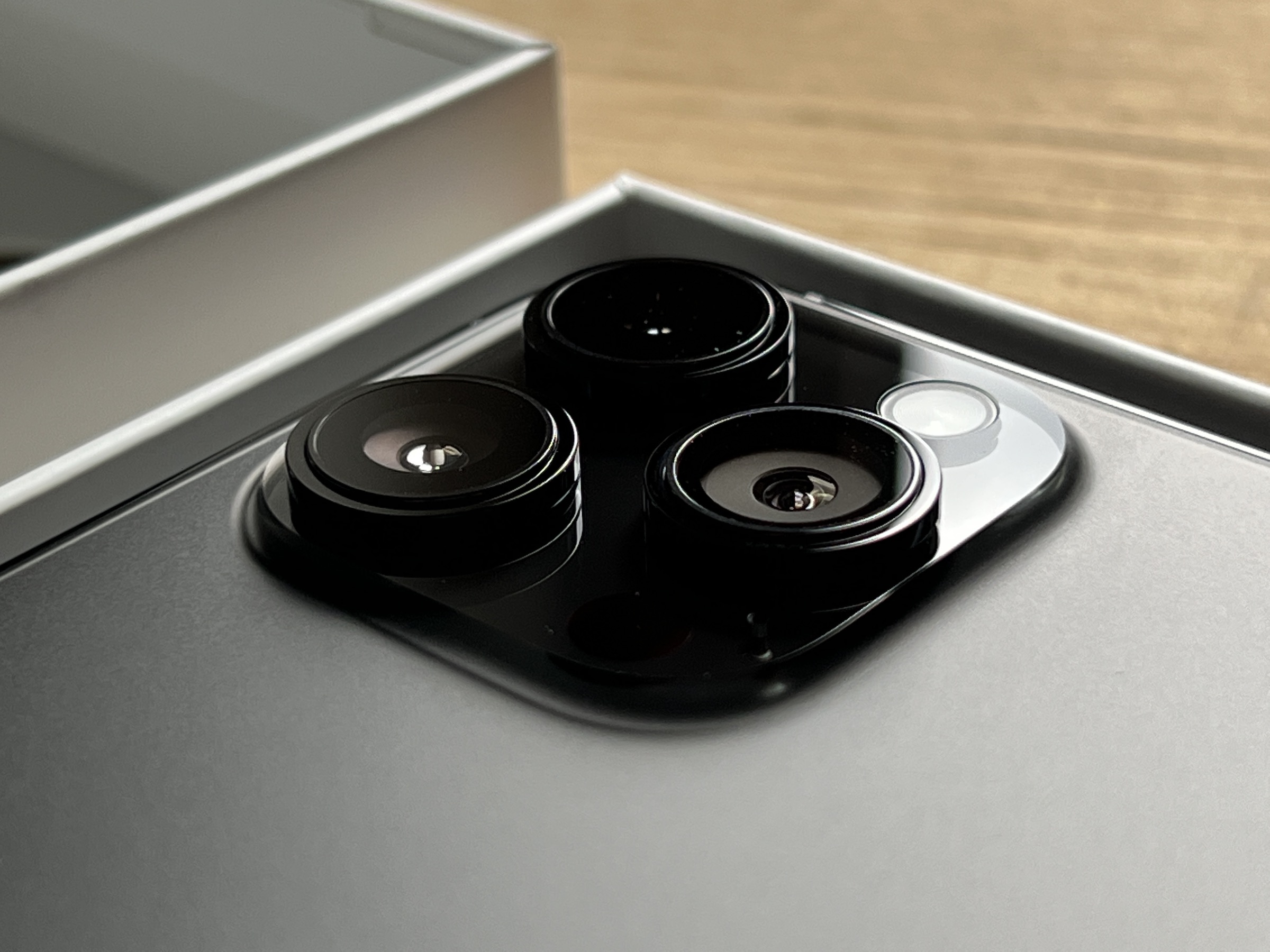
 Adam Kos
Adam Kos 
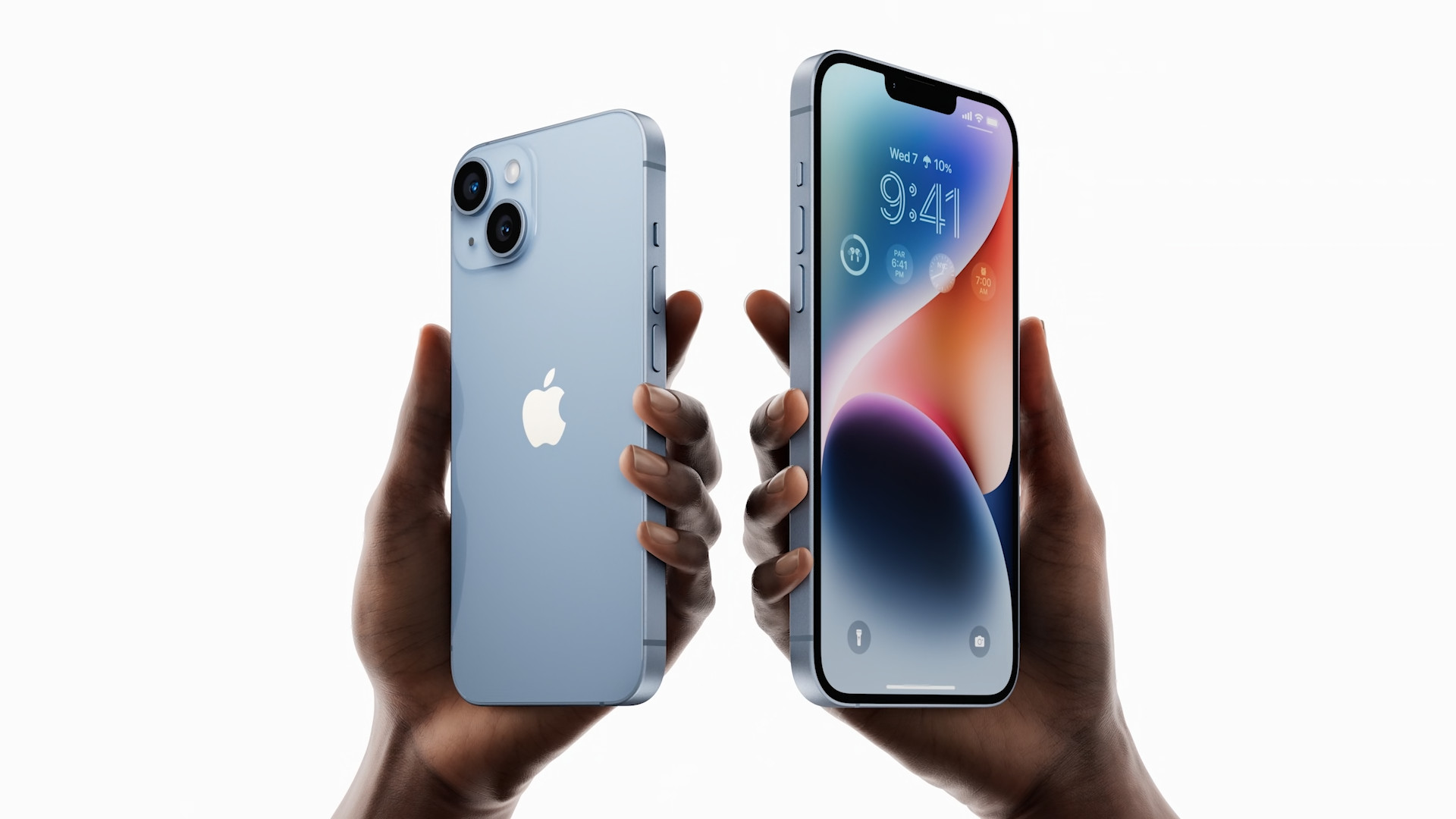
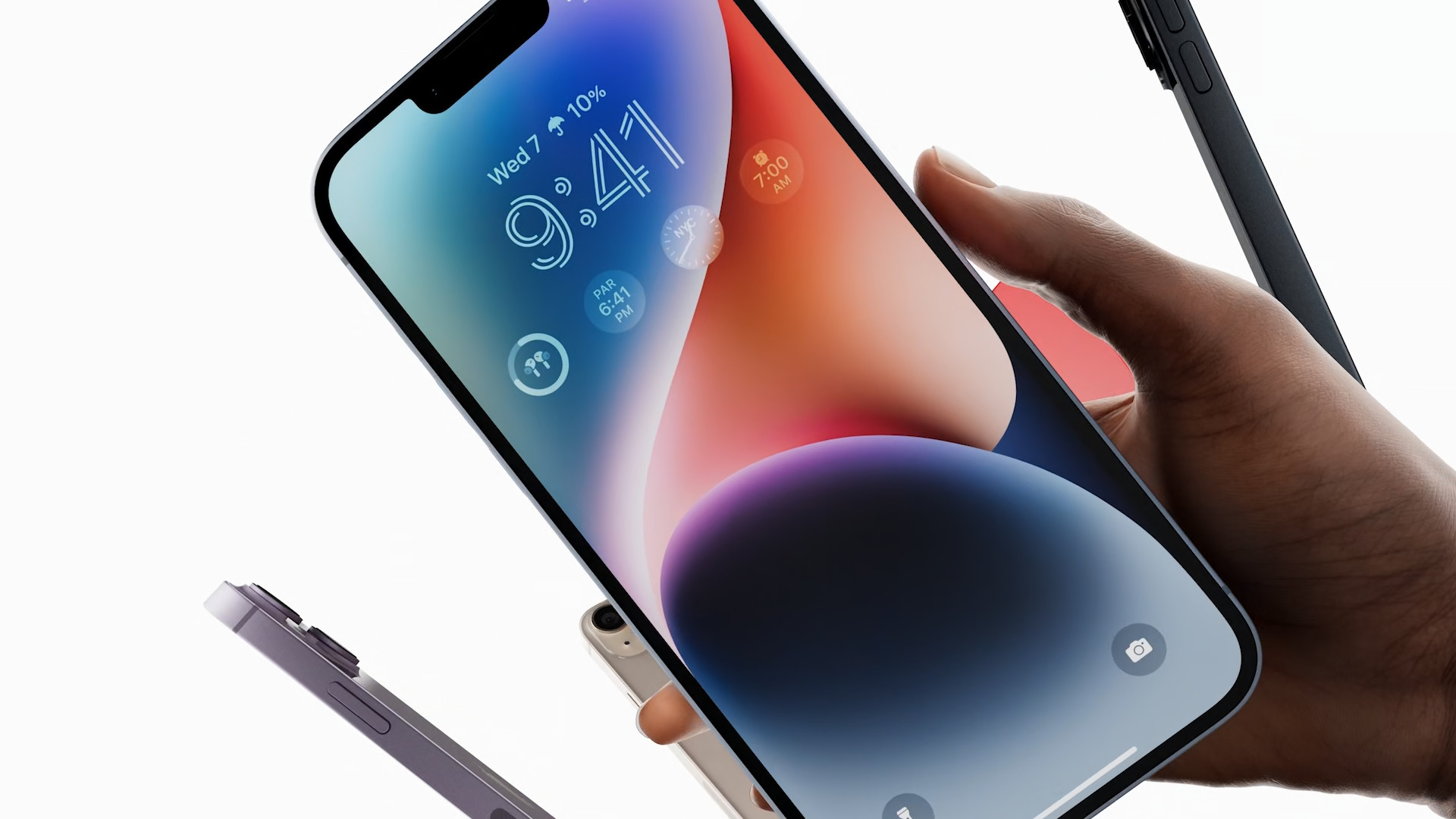


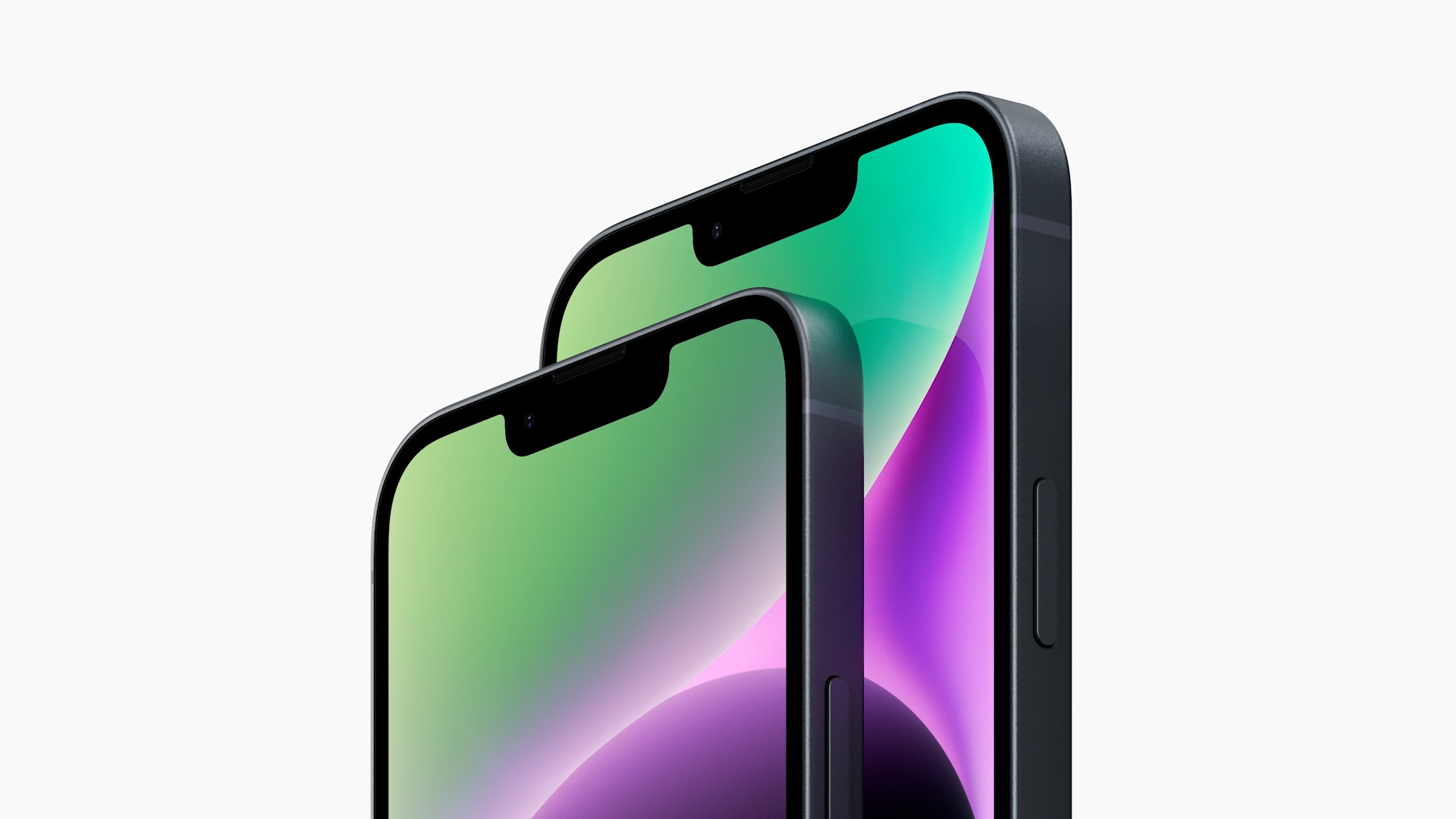


The iPad has had USB-C for several years now...